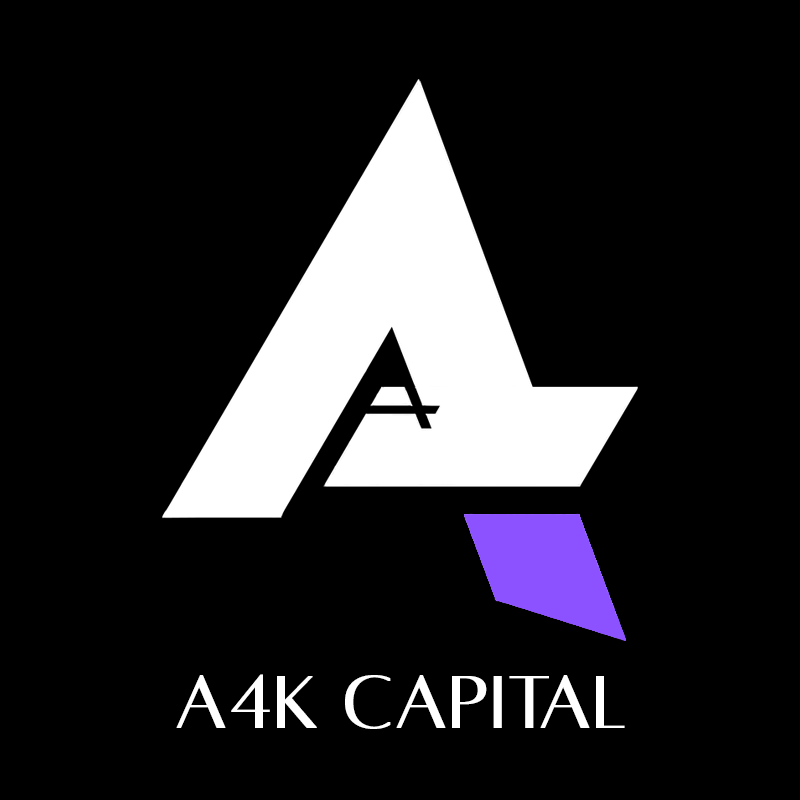Credit Crunch
This Week in the Market
This week, markets will be grappling with the implications of Moody's downgrade of the U.S. credit rating from Aaa to Aa1, citing concerns over rising national debt and persistent fiscal deficits. While the downgrade is unlikely to lead to immediate market turmoil, it underscores long-term fiscal challenges that could influence investor sentiment and borrowing costs.
Treasury yields have edged higher, reflecting concerns over the government's fiscal trajectory. The Federal Reserve's stance on interest rates will be closely monitored, as further tightening could impact economic growth and market dynamics.
Quantum Computing's Prevalence
Quantum Computing
The quantum computing sector has seen a recent surge in investment interest. This started with Google's new Willow Chip, which represents a significant advancement in quantum technology, potentially bringing us closer to achieving stability in the realm of quantum computing. The chip is designed to overcome some of the current challenges in quantum computing, particularly error rates and qubit reliability, which have historically limited the practical applications of quantum systems.
Despite accomplishments like these, we believe that valuations for many of the stocks in the quantum computing space have been overdone. The excitement around breakthrough technologies like Google's Willow Chip among other steps, has driven investor enthusiasm, leading to inflated valuations for companies that may not yet be anywhere near profitability or commercial-scale success.
We plan to take a short position on one of these companies, which will be outlined in the next section.
D-Wave (QBTS) – Credit Enhanced Short Position + Delta Hedging
In this strategy, we are looking to create a credit-enhanced short position on D-Wave (QBTS) while using delta hedging to protect against downside risk. The approach involves taking 3 positions:
Short Position:
The short position is the primary play, as it capitalizes on the downside potential of D-Wave (QBTS). This position profits when the stock price decreases. Given D-Wave’s volatility and speculative nature, there is an opportunity to benefit from any significant drop in stock price, especially considering its overhyped valuations and ongoing operational challenges.
Short Put Position (Credit Enhancement):
The short put option is used to collect premium, providing a credit to your account. The goal here is to capitalize on overpriced options premiums in the market, which are often inflated due to volatility and uncertainty around stocks like QBTS. By selling the put option, you collect the premium upfront, effectively lowering your cost basis for the short position. The short put position also creates an additional layer of risk mitigation, as the premium earned can be used to offset any potential losses from the short stock position if the stock moves against you.
Long Call Position (Delta Hedging):
The long call position is a critical component of the strategy, designed to limit potential losses in the case the stock moves higher unexpectedly. While the short position profits from a stock price decline, there is always the risk of a short squeeze or unexpected bullish movement, particularly in volatile stocks like QBTS. The long call provides a hedge by giving you the right to buy the stock at a set price, effectively capping the potential loss.
It’s crucial not to commit all of your capital to this strategy immediately. While the setup offers great potential for risk management and profit, it’s essential to scale in gradually and assess how the stock and options behave over time.
Disclaimer: We hold call credit spreads of QUBT as of writing this. The content in this newsletter is for informational and educational purposes only and should not be considered financial, investment, or legal advice. A4K Capital and its affiliates are not responsible for any financial losses or decisions made based on the information provided.



